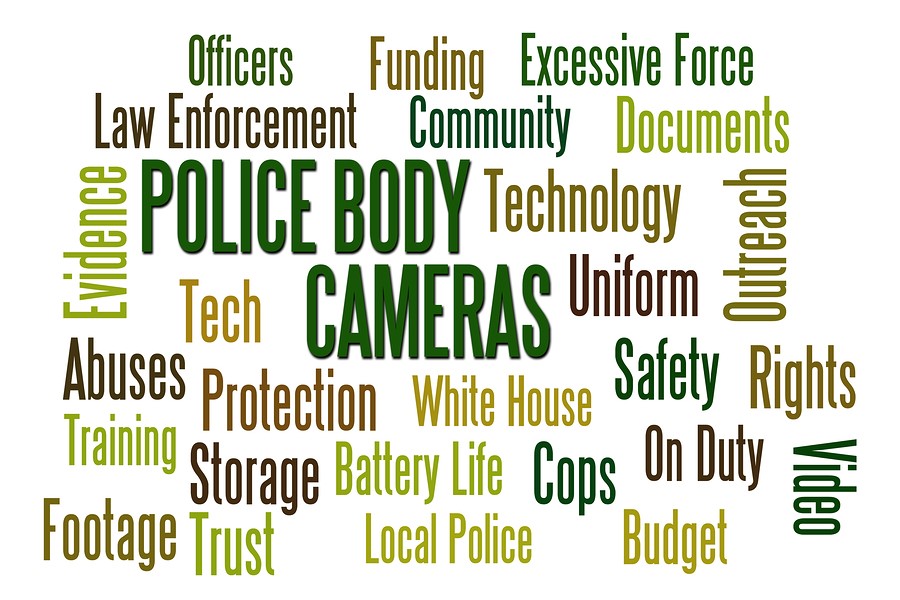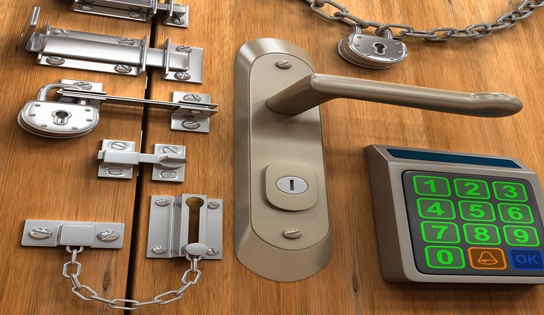How Much Bandwidth Do Online Surveillance Systems Use?

If you live in rural America or rural anywhere or place and are considering setting up a video online surveillance system, you must consider bandwidth requirements before proceeding. There will be no point in setting up a remote camera from which you are unable to stream the output. Right?


There are four factors that determine how much bandwidth a remote IP camera surveillance system uses: video resolution, frames per second, file compression, and the number of cameras in operation. In this guide we examine all four, estimating both the bandwidth requirements and approximate bandwidth/data usage for each.
Video Resolution & Frames Per Second
Video resolution multiplied by frames per second approximately equals the raw bandwidth requirement (before compression) of any surveillance video stream. Audio bandwidth and communication and compression protocols also contribute to raw bandwidth, but their contribution is basically negligible. The simple formula is:
So, for example, a high definition (1280 x 720 pixel) online surveillance system in true color (24 bit) that operates at 30 frames per second would have a raw bandwidth requirement of:
This figure (665 Mbps) represents a completely unreasonable bandwidth strain, which is where file compression software comes in.
File Compression
There are three common file compression standards: MJPEG, MPEG4, and H.264. These reduce the bandwidth requirement by approximately 80%, 90%, and 99.5% respectively. So our high definition example would, instead of using 665 Mbps, use either 130 Mbps, 80 Mbps, or 3 Mbps.
Because it generates larger files, MJPEG is best in situations where video is stored locally rather than in the cloud. In situations where the cost of storage is less than the cost of upgrading servers to support higher compression standards, MJPEG is sufficient. In situations where a user needs a high definition video record, MJPEG delivers the best video quality of any standard.
H.264 (also known as MPEG4-AVC) is best in situations where there is little motion on camera. These are the times when H.264 significantly reduces the bandwidth requirement. When motion increases, however, so does bandwidth usage. If there is constant motion on screen, H.264 may not be the best option.
Number of Cameras
Lastly, to calculate the total bandwidth usage, multiply the bandwidth requirement by the percentage left after the compression standard is
Lastly, to calculate the total bandwidth usage, multiply the bandwidth requirement by the percentage left after the compression standard is applied (.20, .10, or .05) and then multiply that number by the number of cameras in use.
The typical online surveillance system uses between 10 Mbps and 500 Kbps per camera although, as this guide illustrates, the usage varies widely with system.




